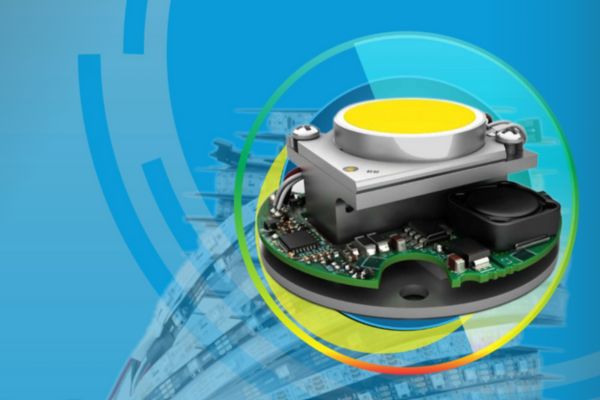Bright Ideas: How LED Innovation is Powering a Greener, Smarter Future

In a world where sustainability is more than a buzzword, LED lighting technology is illuminating the path to greener, smarter, and more efficient solutions. Driven by innovations in electronics design, the LED industry is evolving to meet global demands for eco-friendly and energy-efficient lighting across sectors. In this feature, we delve into how advancements in LED technology and complete electronics design are creating groundbreaking possibilities, addressing key industry challenges, and leading the future of sustainable lighting.
Rising to the Challenge: Energy Efficiency and Thermal Management
As the lighting industry pivots towards more sustainable practices, energy efficiency and thermal management in LED design remain core challenges. The shift to smaller, more powerful electronic devices has amplified power density, often resulting in increased heat generation that can degrade performance and shorten device lifespans.

Dr Ayesha Hakim of Somaiya Vidyavihar University explains, “The growing power density in smaller devices, including LEDs and processors, has intensified the need for effective thermal management solutions. Localized thermal hotspots are particularly problematic, as these high-heat areas can lead to failures if not controlled.”
The solutions to these challenges are evolving rapidly, with innovations such as high-thermal-conductivity materials like copper and aluminum that enhance heat dissipation. Thermal Interface Materials (TIMs) have also become essential in managing heat transmission, supporting the longevity and efficiency of LED devices. This evolution is crucial not only for maintaining LED performance but also for ensuring safety and reliability in compact, high-power applications.
Eco-Friendly Demand and LED Innovations
The push for sustainability is reshaping LED technology in unexpected ways, from increasing energy efficiency and reducing hazardous materials to developing smarter designs.

Prof. Amrita Naiksatam, also of Somaiya Vidyavihar University, notes that this eco-conscious trend is driving LED lighting firms to explore the untapped potential of solar-powered LEDs, creating sustainable solutions for off-grid regions that reduce carbon footprints. Solar-powered LED systems are a promising innovation in the lighting industry, bringing renewable energy to both urban and rural areas, cutting carbon emissions, and delivering sustainable lighting solutions where they are needed most.
Eco-friendly demands have also fueled the shift toward using recyclable materials in LED manufacturing. This practice not only mitigates environmental impact but also aligns with a growing consumer base prioritizing sustainable options. The result is a rapidly transforming industry where reducing waste, conserving energy, and promoting long-term environmental responsibility are becoming the norm rather than the exception.
Technological Trends Paving the Way for Sustainable Illumination
1. Human-Centric Lighting (HCL)
Human-Centric Lighting (HCL) is gaining popularity due to its potential benefits for energy savings and human health. By adapting light intensity and color to support human circadian rhythms, HCL has shown promise in enhancing well-being in various settings. This trend is not only revolutionizing lighting in residential spaces but is also making waves in commercial and industrial environments where worker productivity and health are critical.
2. AI-Powered Smart Lighting Systems
Artificial intelligence (AI) is another game-changer in the LED landscape. AI-powered lighting systems can “learn” user patterns, optimizing lighting based on factors such as occupancy, time of day, and ambient light levels. These smart systems save energy while ensuring a comfortable environment, providing real-time adjustments without compromising user comfort. Leveraging machine learning algorithms, these systems are redefining energy management by enabling lighting solutions that intelligently adapt to their surroundings.
3. Micro-LED Technology
Micro-LEDs are emerging as a transformative force, offering high brightness and color accuracy with lower power consumption than traditional LEDs. This technology holds vast potential across industries—from automotive lighting to display technology in wearables and augmented reality (AR) devices. Micro-LEDs combine the best of both LED and OLED technologies, providing superior visual quality without the high power demands, making them a frontrunner for sustainable lighting and display applications.

